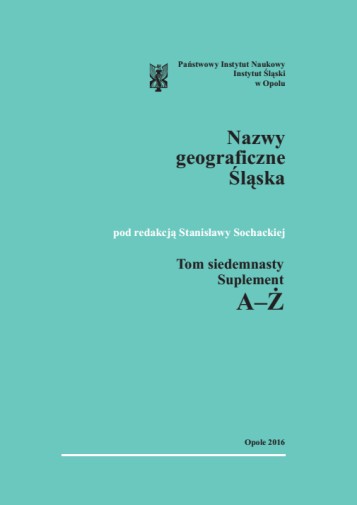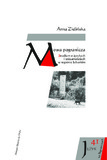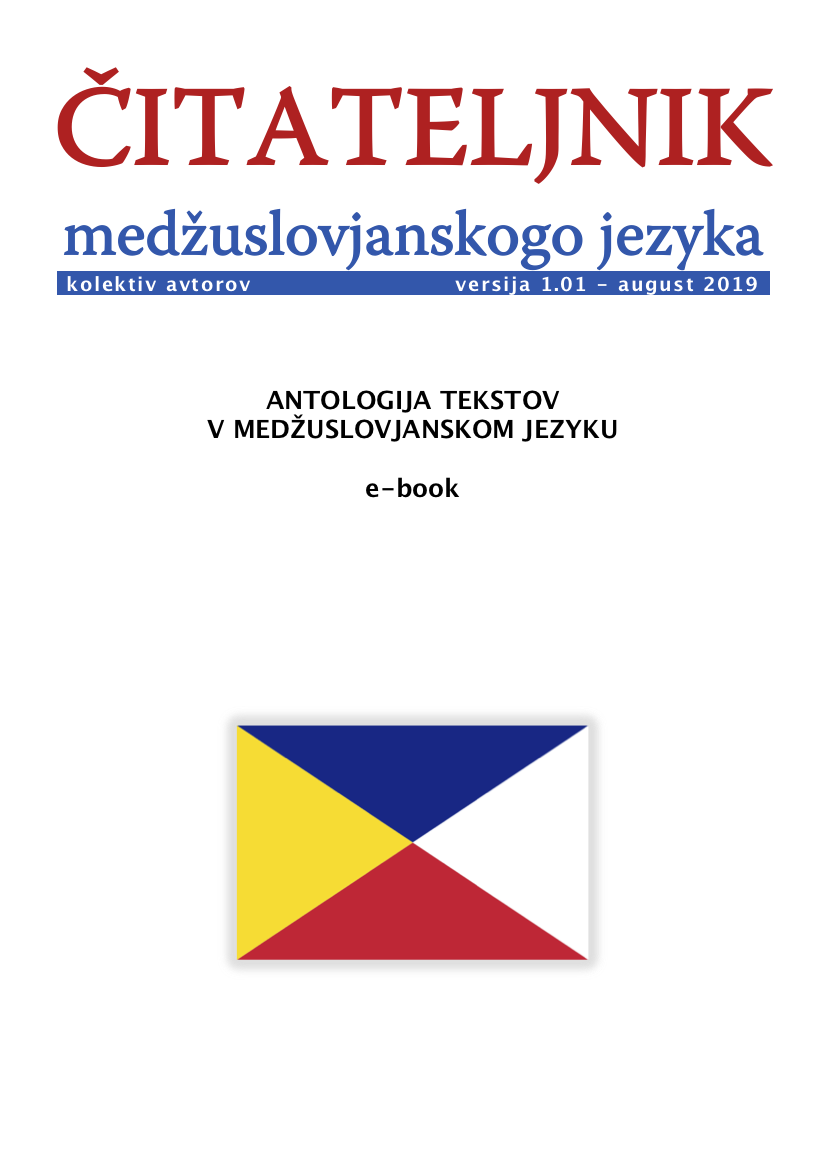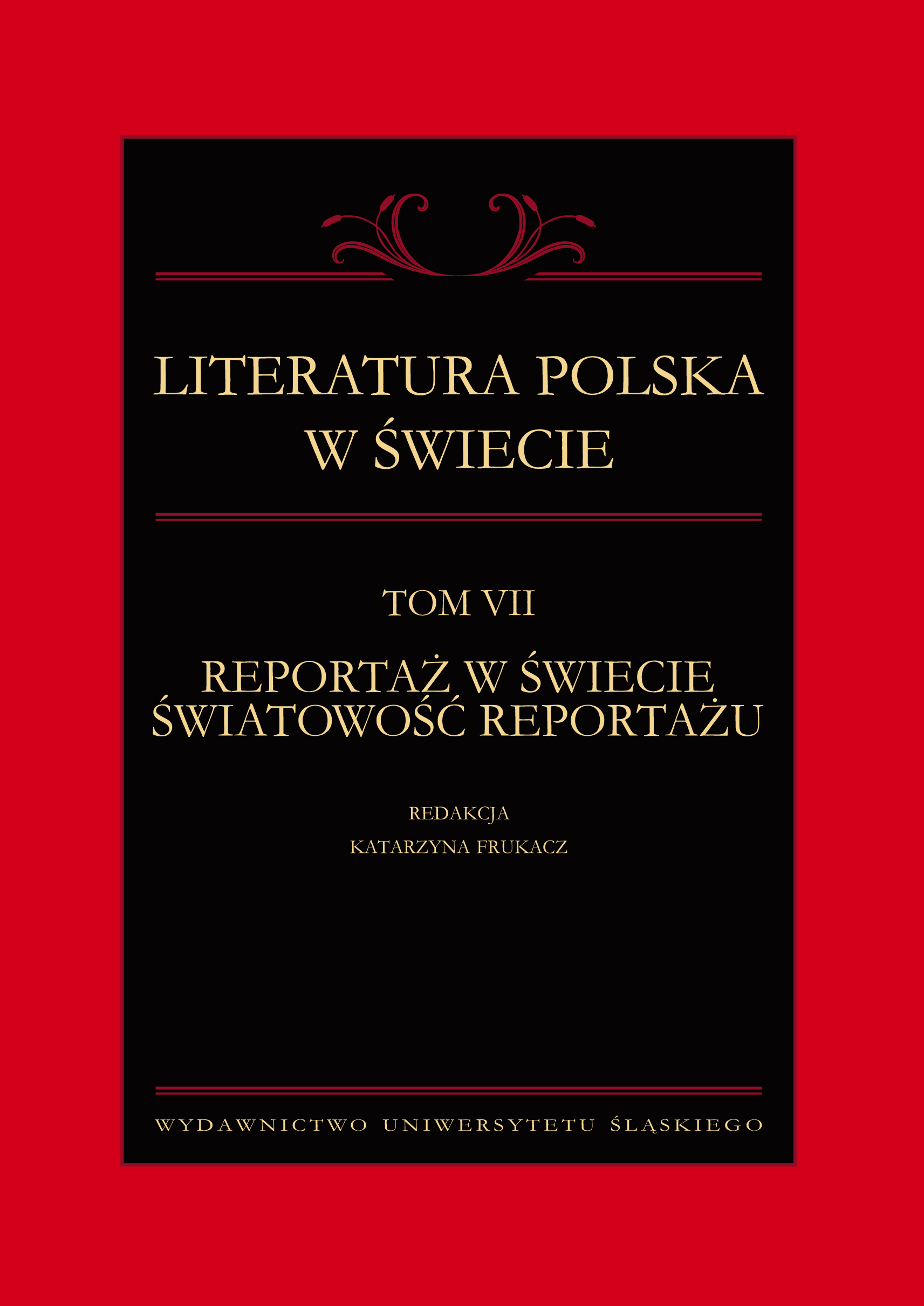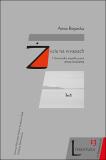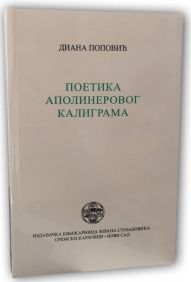
Поетика Аполинеровог калиграма
U ovoj knjizi biće reči o kaligramima velikog francuskog pesnika Gijoma Apolinera (GuillaumeApollinaire, 1880-1918), koji je tom verbalno-vizuelnom obliku podario i ime i slavu. Rimljanin po rođenju, Apoliner se obreo u Parizu 1899. godine i još kao mladić zakoračio u svet umetnosti, koji otada neće prestati da ga opčinjava. Kako je ostvario velika prijateljstva sa slikarima u usponu,među kojima je bio i mladi Pikaso (Picasso), Apoliner je odlazio na izložbe, javno govorio ili pisao o slikarskim delima i samim autorima, ali i o muzičarima i drugim umetnicima. Zapise o njihovom stvaralaštvu objavljivao je u brojnim dnevnim listovima i časopisima, i to s velikom revnošću, gotovo svakodnevno. Taj deo njegovog spisateljskog rada impresivan je po obimu, uostalom kao što će biti injegov književni opus, i istovremeno veoma značajan po stavovima o umetnosti koja je nastajala na samom početku dvadesetog veka.
More...



